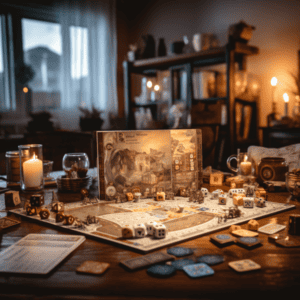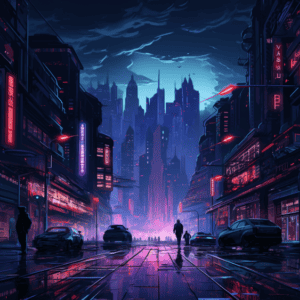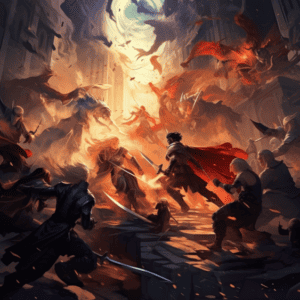As a senior video game journalist, I have seen the evolution of RPGs (role-playing games) over the years. One thing that stands out is how classic Japanese RPGs shaped the genre with their graphics. These games set the standard for what an RPG should look like and paved the way for future titles.
From Final Fantasy to Dragon Quest, these iconic franchises introduced us to fantastical worlds filled with memorable characters and epic storylines. Their pixelated graphics may seem outdated by today’s standards, but they were revolutionary in their time. They captured our imaginations and allowed us to immerse ourselves in a world unlike any other.
In this article, we will explore how these classic Japanese RPGs influenced modern gaming by shaping the art of adventure through their graphics.
The Evolution Of Rpg Graphics
RPGs have come a long way since the early days of gaming, and one aspect that has seen significant evolution is graphics.
The first RPGs were text-based adventures with simple ASCII art to depict characters and environments.
As technology progressed, developers began incorporating more detailed sprites and backgrounds, eventually leading to the use of 3D models in modern titles.
One major influence on RPG graphics can be traced back to classic Japanese RPGs (JRPGs) from the 1980s and 1990s.
Games like Final Fantasy, Dragon Quest, and Chrono Trigger set a high standard for visuals at the time, featuring vibrant colors, intricate character designs, and elaborate backgrounds.
These games helped establish a distinct aesthetic for JRPGs that would continue to evolve over the years, inspiring countless other developers along the way.
The Impact Of Classic Japanese Rpgs On The Genre
As the popularity of classic Japanese RPGs grew, their impact on the genre became more apparent. These games were not just about leveling up and completing quests but also about telling intricate stories with immersive worlds that players could get lost in for hours.
The art style of these games was crucial to this experience, as it helped create a sense of wonder and intrigue. One example is the use of pixel art in Final Fantasy VI, which allowed for detailed character designs despite the limitations of older hardware. This attention to detail made players feel invested in the characters’ journeys and added emotional weight to key moments. Other games utilized colorful environments or unique monster designs to stand out from competitors.
They prioritized storytelling over gameplay mechanics. Their art styles created immersive worlds that captivated players. They introduced new combat systems that continue to influence modern titles.
Overall, classic Japanese RPGs set standards for what an epic adventure should look like while pushing boundaries with innovative game design choices. It’s no surprise that many modern developers still draw inspiration from these classics when creating new titles today. From pixels to high def: the artistic legacy of classic RPGs is undeniable and continues to shape video games as we know them today.
From Pixels To High Def: The Artistic Legacy Of Classic Rpgs
As we have seen in the previous section, classic Japanese RPGs revolutionized the genre with their innovative gameplay mechanics and memorable characters. However, another aspect that deserves recognition is the impact they had on video game graphics.
From 8-bit pixels to high definition art, classic RPGs have left a lasting artistic legacy that continues to inspire modern games.
One of the defining characteristics of classic RPG graphics was their pixelated aesthetic. While some may view it as a limitation of older technology, others celebrate it for its unique charm and nostalgia factor.
Games like Final Fantasy VI and Chrono Trigger demonstrated how pixel art could convey emotion and atmosphere through limited means. This style has inspired countless indie titles today who seek to replicate that same sense of retro appeal while still pushing boundaries with modern hardware capabilities.
Conclusion
In conclusion, the art of adventure has been shaped by classic Japanese RPGs and their graphics. From the early days of pixelated sprites to high definition landscapes, these games have left an artistic legacy that continues to inspire modern developers.
As a senior video game journalist, I can confidently say that the impact of these classic RPGs cannot be overstated. They not only set the standard for gameplay mechanics but also pushed the boundaries of visual storytelling in gaming.
Like brushstrokes on canvas or notes in a symphony, each element of these games was carefully crafted to create immersive worlds filled with wonder and possibility. The artistry behind these games is truly breathtaking and serves as a testament to the power of creativity in gaming.
So whether you’re a fan of turn-based battles or open-world exploration, we owe it all to those visionary artists who paved the way for today’s adventures.






